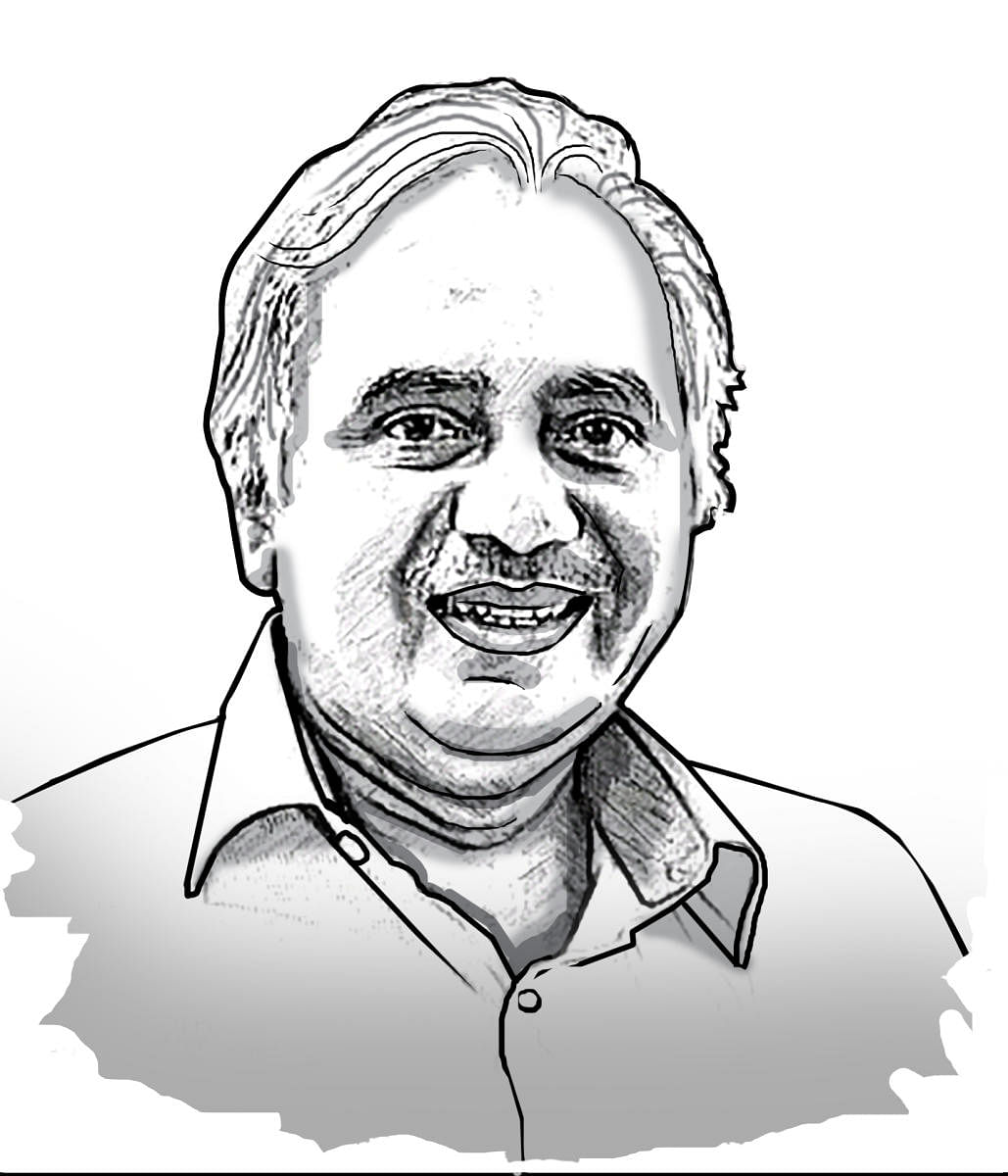Remember our nuclear story
Twenty-five years ago, on May 11 and 13, 1998, India stepped into the club of nuclear weapons states – uninvited and unwelcome, I might add -- after conducting five detonations under ‘Operation Shakti’, or what has more commonly come to be known as Pokhran II, named after India’s nuclear test range in the Rajasthan desert. Pokhran I was when Indira Gandhi conducted India’s first nuclear test – when “the Buddha smiled” -- 49 years ago on May 18, 1974. That test – which India called a Peaceful Nuclear Explosion -- had stunned the world and invited the wrath of America, which built a whole set of global technology denial regimes to hobble the further development of India’s nuclear and missile capabilities. The Pokhran II tests under Atal Behari Vajpayee were greeted with further sanctions by the US and some of its friends. India, by then recognised as a rising power, not only weathered the sanctions successfully but, beginning with the Jaswant Singh-Strobe Talbott dialogue, was also able to negotiate a nuclear rapproachment with the US that eventually led to the India-US nuclear deal.
The story of India’s nuclear development began with Jawaharlal Nehru and Homi Bhabha, the architect of the country’s three-stage nuclear power programme. It was a time when the West was willing to help India build its nuclear research, and later nuclear power, programme. The international contacts and goodwill that both Nehru and Bhabha, a world-class scientist who had studied and worked among the greats of the then rising fields of nuclear physics and quantum science, enjoyed helped obtain cooperation relatively easily so long as India promised to stay away from the ‘Bomb’.
But when it did showcase the ‘Bomb’ in 1974, all Western cooperation vanished overnight. Research cooperation was withdrawn, uranium and other supplies were denied, the French pulled out all assistance, including promised fuel supplies to the Test Fast Breeder Reactor that was being built (which was to usher India into the second stage of Bhabha’s three-stage nuclear power programme). The US immediately began building up a comprehensive technology denial regime starting with the London Club (the Nuclear Suppliers Group), the Missile Technology Control Regime, the Wassennar Arrangement and the Australia Group. Under this complex of technology denial regimes, India was not only denied nuclear technology and supplies but also dual use technologies, and restrictions were applied on India’s ability to obtain conventional military technologies. The West even closed its universities and research institutes to India’s scientists and engineers in nuclear and related fields. India’s nuclear, missile, aviation, space and even computing technology development – and therefore India’s industrialisation and economic development – were derailed and delayed.
Yet, India’s political leadership and scientists and engineers soldiered on with the nuclear programme – civil and weapons -- and added on the missile programme and the Tejas fighter programme in the 1980s, through Indira Gandhi and Raja Ramanna and later Rajiv Gandhi, P V Narasimha Rao and right up to Vajpayee, building indigenous capabilities. By the time Vajpayee conducted the Pokhran II tests, India was ready with nuclear delivery systems – missiles and aircraft – too. These capabilities gave the Vajpayee and Manmohan Singh governments the ability to negotiate an end to the whole complex of sanctions and technology denial regimes. India is today a valued member of three of the four denial regimes it was subjected to and is waiting to enter the NSG, too. It is important to remember this history – it is one of achievements, but it was also a painful journey. It is a lesson in how India has, under successive leaders, shown the determination and gumption to do what it deems to be in its national interest.
It is also necessary to specifically recall the goals of our nuclear programme and to keep going – indeed accelerate – on that path. Two reasons must compel the Narendra Modi government to pick up the slack of the last decade or so (ironically, post the India-US nuclear deal). One, on the weapons front, the geopolitical situation is hotting up and China, among the other nuclear powers, is embarking on expanding its nuclear arsenal. India cannot let the gap in capabilities increase if it is to maintain confidence in its deterrent. Two, on the civil nuclear power side, India has no option but to step up nuclear power generation if it is to meet its rising energy demands while also meeting its goals and obligations to tackle climate change. Both causes need Modi to champion them, just as previous Prime Ministers did.
Deccan Herald is on WhatsApp Channels| Join now for Breaking News & Editor's Picks
